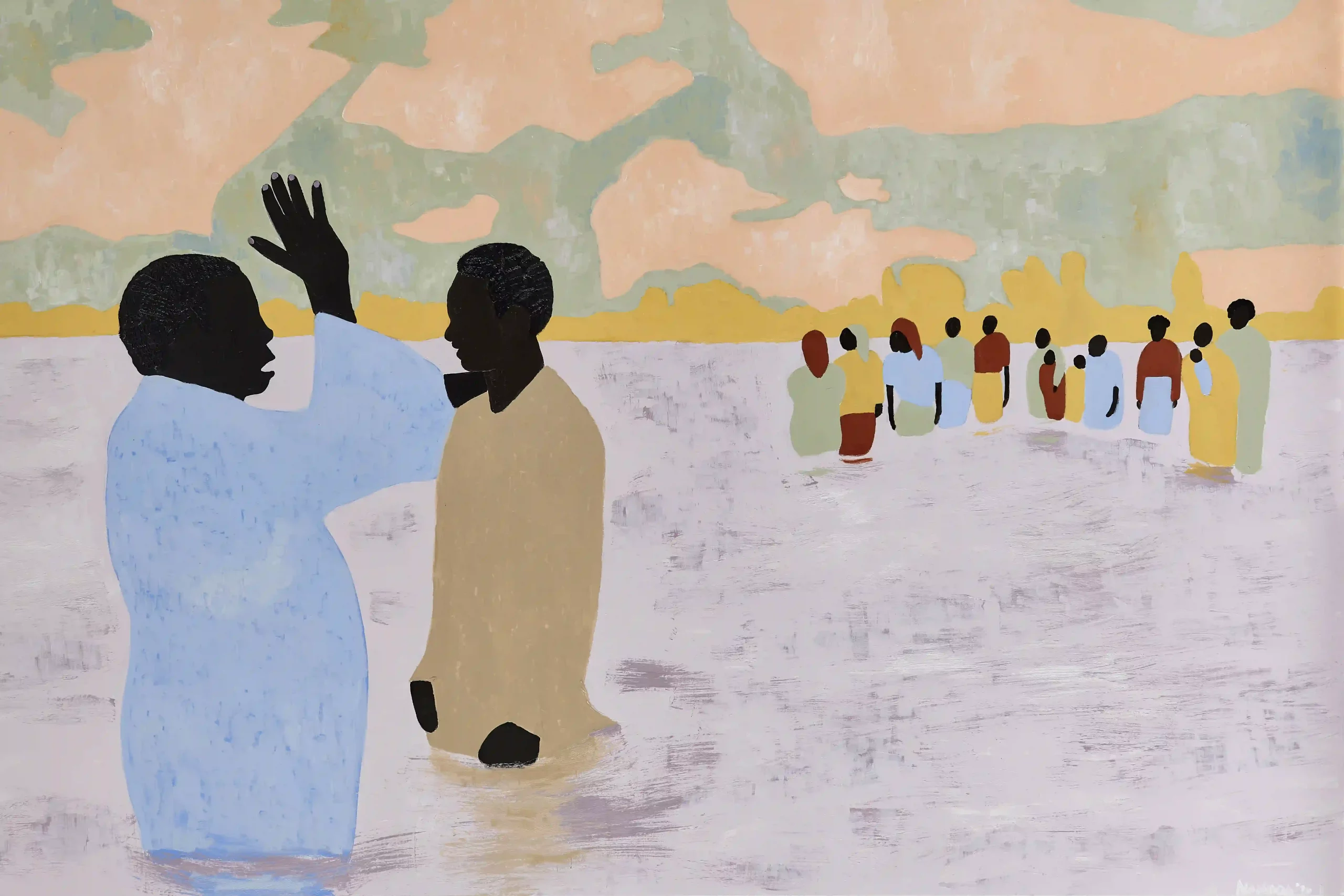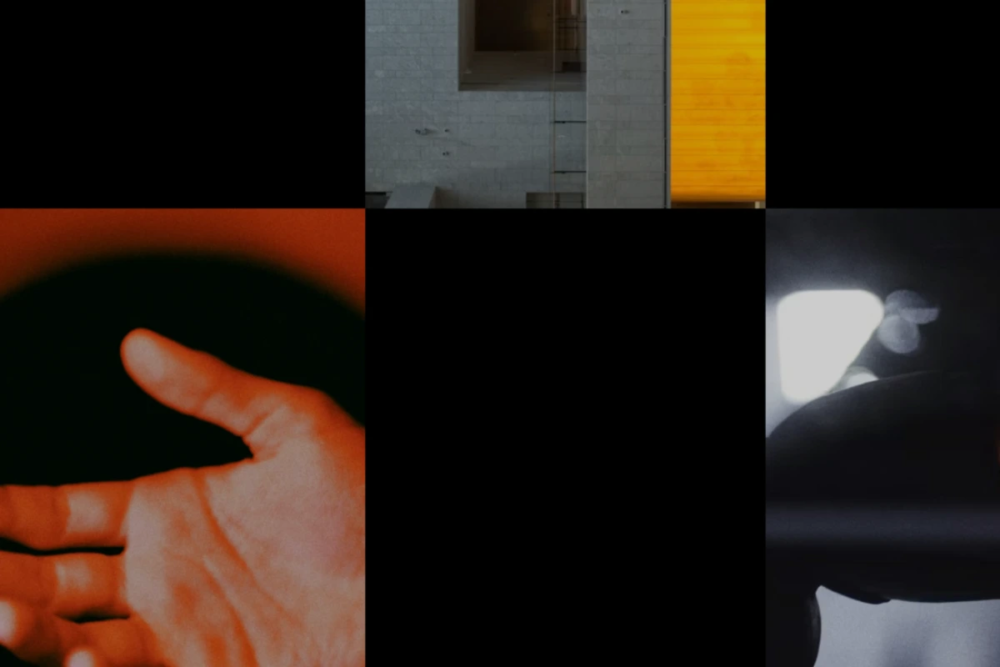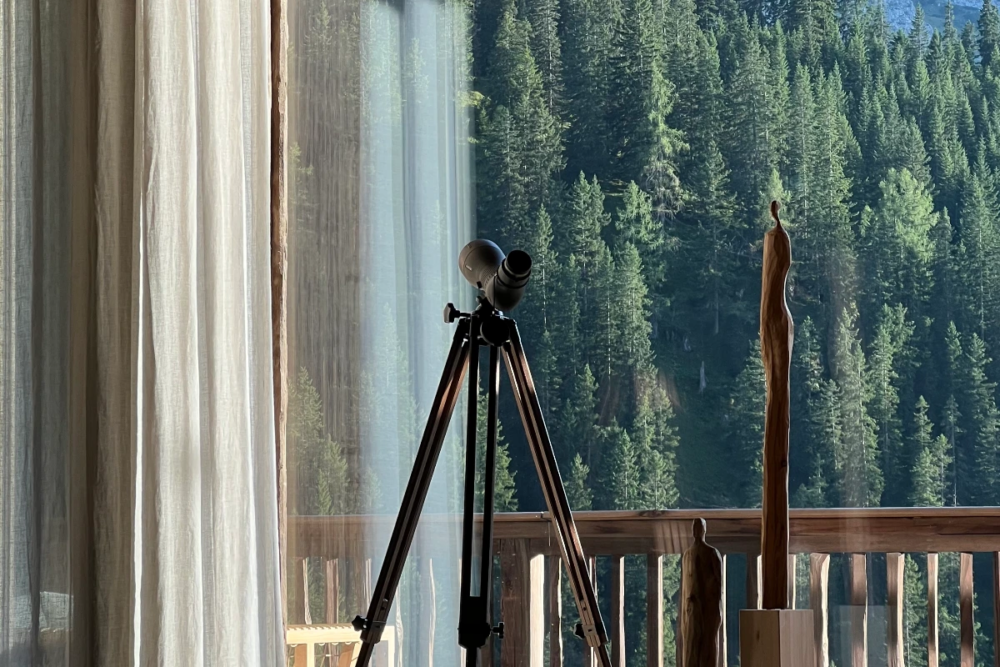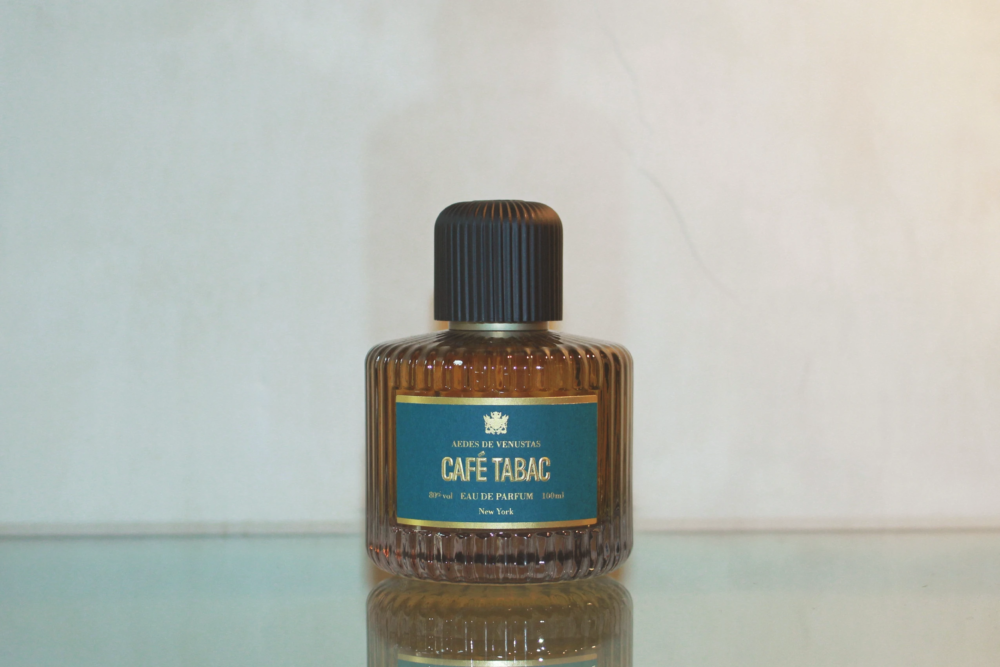
Zeitz MOCAA, Cape Town: When We See Us: A Century of Black Figuration in Painting – exploring all encompassing Black Joy
«This show is about celebrating Blackness in a way that refuses to centralize trauma or colonialism or other harmful tropes» – Assistant Curator Tandazani Dhlakama and co-curator of When We See Us: A Century of Black Figuration in Painting
Zeitz Museum of Contemporary Art Africa (Zeitz MOCAA) in Cape Town, South Africa, celebrated the opening of the When We see Us: A Century of Black Figuration in Painting in November 2022. Assistant Curator Tandazani Dhlakama and co-curator of the When We See Us exhibition reflects on how the exhibition observes Blackness through the lens of Joy by announcing that «the essence of this exhibition is this idea of Black Joy».
When We See Us: Century of Black Figuration in Painting
The When We See Us: A Century of Black Figuration in Painting exhibition develops out over 950 square meters of gallery space. It displays the works of 154 artists – alive and deceased – from twenty-eight different countries. The oldest artist in the exhibition was born in 1886 and the youngest in 1999. With the support of 74 lenders, nearly two hundred artworks are being exhibited at the museum in Cape Town, South Africa.
Focusing mainly on paintings, When We See Us highlights the representation of Blackness over the last hundred years and opens an intergenerational discussion surrounding Black Joy. The co-curator of the exhibition, Tandazani Dhlakama, states that the exhibition celebrates «a myriad of artists that celebrate Blackness and depict blackness in a way that is self-affirming. In a way that shows a historical Continuum. This exhibition is about celebrating Black expression, Black Consciousness and highlighting artists that have contributed to different art historical canons». Dhlakama further explains that «the idea was to read this celebratory aspect of Black figuration from a multiplicity of ways ».
Zeitz MOCAA in collaboration with Wolff Architects
Zeitz MOCAA worked closely with local architects, Wolff Architects, to design an environment that facilitates the discussions surrounding Blackness and Black Joy by adding seating areas and using curved walls to soften the spaces. The seating areas encourage visitors to take their time contemplating the evocative displays of the exhibition and further highlight the relationship between rest, movement and self-reflection. Additionally, visitors will notice dark green and brown tones framing the exhibitions that warm the space up as well as evoke the pan-African flag.
When We See Us exhibition at Zeitz MOCAA
The title of the exhibition is inspired by Ava DuVernay’s When They See Us, a 2019 miniseries where the ‘they’ is flipped into a ‘we’ to discuss Black people and allow Black artists to express themselves on their own terms. Although Black artists have been portraying themselves in their day to day lives for a long time, the co-curator explains that they wanted to draw attention to the evocative nature of the exploration of Black figuration in a context that doesn’t centralize trauma. During parts of the pandemic, there was a spotlight on the discourse of segregational or racist behaviors that have existed, a traumatic discourse across the world. This highlighted Zeitz MOCAA’s initiative to create an exhibition that reminds visitors that Black people are more than their trauma.
She further explains «this show is about celebrating Blackness in a way that refuses to centralize trauma or colonialism or other harmful tropes. We, Black people, are more than our trauma. More than hopelessness. And we want to celebrate how we have always seen ourselves on our own terms», a previously understated subject.
The Everyday, Joy and Revelry, Repose, Sensuality, Spirituality, and Triumph and Emancipation
When We See Us: A Century of Black Figuration in Painting is organized in six different themes. The Everyday, Joy and Revelry, Repose, Sensuality, Spirituality, and Triumph and Emancipation.
Each theme is presented one after the other in a way that ensures that visitors feel the warmth and familiarity of the essence of the exhibition – Black Joy. With that in mind, it’s no surprise that visitors will at first observe the theme of the Everyday where artists explore and remember the beauty of the mundane. Artworks illustrating simple everyday tasks, or as co-curator Dhlakama declares: «we wanted to show a multiplicity of being enjoying daily life It’s a show celebrates a wide range of painting asks and expounds on an intergenerational, cross continent conversations».
Dhlakama expresses «there’s something political about showing the Black body devoid of trauma comfortable and at ease, just being, without toil», Black artists have been painting, depicting and representing.
Each theme thereafter flows from one to the next, with the thread of Black Joy running through them all. Visitors can expect something celebratory from the start to the finish of the exhibition.
[envira-gallery id=”123424″]
A Sonic Design by Neo Muyanga
Sound and music have been at the heart of celebrations for centuries, so it was natural for Zeitz MOCAA to consider this when designing the exhibition that at its foundation celebrates Black Joy. As such, visitors can expect a special feature to accompany this exhibition – a soundtrack. A Sonic Design by Neo Muyanga was commissioned to accompany the When We See Us: A Century of Black Figuration in Painting exhibition. The playlist aims to take visitors on a journey as they travel through the different expositions of Black representation. Dhlakama explains that «it was vital for us to be able to offer this Sonic translation or interpretation of Black Joy. Sound and music are aspects that are so interconnected with the themes we are looking at».
Thinking spaces: The Haitian revolution in the 1800’s to Black lives matters
What’s more, part of the exhibition includes thinking spaces where there is a timeline that starts off with the Haitian revolution in the 1800’s to Black Lives Matter. The timeline highlights Black culture events and publications that have shaped the discourse on Blackness as well as key institutions such as Savvy Contemporary formed in Berlin, Raw Academy, the Mbari Clubs or even Jesse Owens putting his fist up in protest during the Olympics in Germany sporting event.
A reference library with key texts from people like Tina Campt is also available to the public. Visitors can look through a library of videos or interviews with artists or lenders to get a further understanding of the artwork they are observing.
Reflection of identity and heritage: «people are hungry for more»
Since its opening, the exhibition has seen visitors from all around the world and has sparked emotional responses in visitors and artists alike. The evocative nature of the exhibition elicited a sense of pride for Black communities and people who identify as Black, especially at a local level. Dhlakama points out «it is imperative for people to see themselves represented in cultural spaces, and people are hungry for more».
The intergenerational dialogue is especially emotional according to the co-curator of the exhibition who remembers how emotional certain artists were when they saw the curation of artworks. One artist, Gavin Jantjes even saw their artwork for the first time in decades at the opening of the exhibition.
Zeitz MOCAA: Repurposing and sustainability
As a museum, Zeitz MOCAA is trying to think of sustainable ways of programming to reduce their carbon footprint by using recyclable material. This is something the museum has been doing since the establishment of the building itself as it was repurposed from an old grain silo. They are furthermore trying to find ways to reduce their carbon footprint when the exhibition will travel in the future.
Gucci in partnership with Zeitz MOCAA
Since its opening five years ago, Gucci has been supporting Zeitz MOCAA. This partnership enabled the museum to host When We See Us: A Century of Black Figuration in Painting. Furthermore, the partnership with Gucci allowed for the museum to publish a publication with Thames and Hudson in collaboration with Zeitz MOCAA.
The opening of the exhibition in 2022 coincided with a Gala supported by Gucci. The exhibition was an inspiration for the Gala’s theme of Art & Opulence. The Zeitz MOCAA Gala, museum’s largest development event of the year, celebrated the opening of When We See Us: A Century of Black Figuration in Painting as well as its five year anniversary.
Zeitz MOCAA
The Zeitz Museum of Contemporary Art Africa’s exhibition When We see Us: A Century of Black Figuration in Painting opened in November 2022. Assistant Curator Tandazani Dhlakama and co-curator of When We See Us announced that the exhibition will be traveling in the future so visitors from all over the world will be able to visit it.







